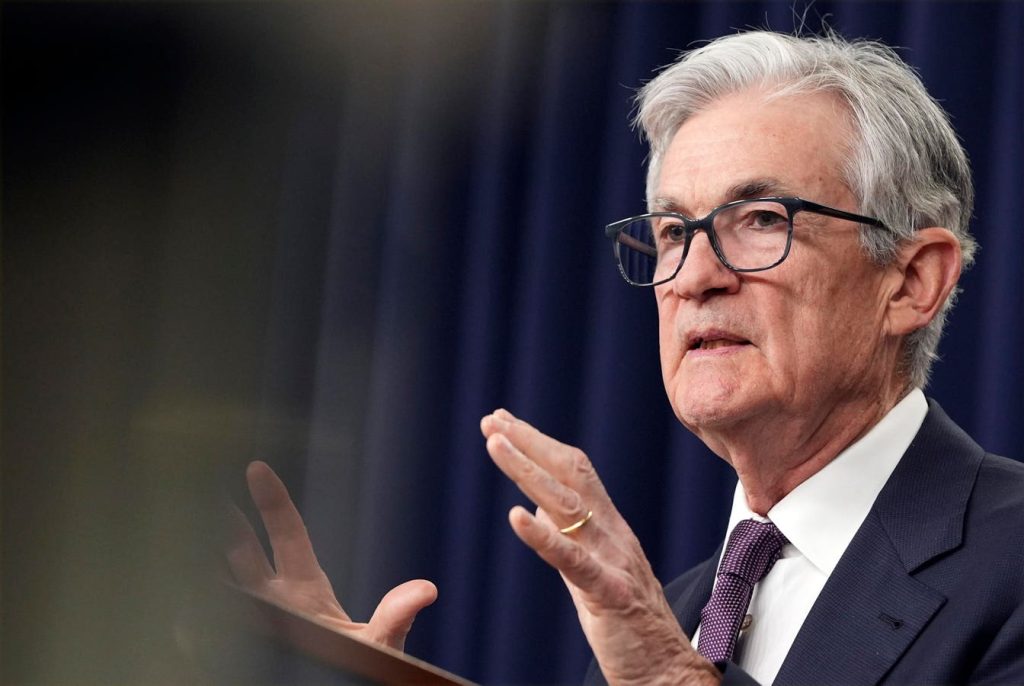Paragraph 1: The Federal Reserve’s Stance on Interest Rates in January 2025
The Federal Open Market Committee (FOMC), the body responsible for setting monetary policy in the United States, is widely expected to maintain the current federal funds rate target range of 4.25% to 4.5% at its January 29, 2025 meeting. This decision is predicated on the FOMC’s assessment that previous rate cuts have adequately addressed recent disinflationary trends, even though inflation remains above the desired 2% target. The committee is exercising caution to avoid excessive easing, recognizing the need for a balanced approach to manage inflation while supporting economic growth.
Paragraph 2: The Rationale Behind Holding Steady
The FOMC’s decision to hold rates steady stems from a delicate balancing act. While acknowledging the progress made in bringing down inflation from its peak, the committee remains vigilant about the persistent gap between the current inflation rate and its 2% objective. The labor market’s resilience, with unemployment remaining relatively low, further supports the case for a pause in rate cuts. The FOMC is prioritizing a data-driven approach, emphasizing the need to observe a clear trend of inflation moving towards the 2% target before implementing further monetary easing. Recent marginal upticks in inflation metrics reinforce the committee’s cautious stance, as expressed by Federal Reserve Governor Lisa Cook, who emphasized the need for further disinflation to reach the target.
Paragraph 3: Anticipating Future Rate Cuts
Despite the expectation of a rate hold in January, market participants anticipate further rate cuts later in 2025. The prevailing sentiment is that these cuts will occur at a more measured pace, reflecting the FOMC’s desire for a gradual and controlled easing of monetary policy. Governor Cook’s remarks underscore this approach, indicating a preference for more cautious moves as the policy rate nears a neutral level. The market is currently pricing in the possibility of a rate cut as early as March or as late as July, with the precise timing dependent on the evolving economic landscape and incoming data on inflation and unemployment.
Paragraph 4: The Impact of Economic Data on FOMC Decisions
The trajectory of future rate cuts will be heavily influenced by the incoming economic data, particularly inflation and unemployment figures. A sustained trend of inflation moving closer to the 2% target could embolden the FOMC to accelerate or deepen rate cuts. Conversely, a resurgence in inflationary pressures or signs of a weakening labor market could prompt a more aggressive easing stance. Current nowcasts suggest that inflation may remain sticky around current levels, adding to the uncertainty surrounding the timing and magnitude of future rate cuts. The FOMC will be closely monitoring these indicators to inform its policy decisions, with the understanding that the unemployment situation can shift rapidly.
Paragraph 5: The FOMC’s Communication Strategy
The January FOMC meeting is not expected to yield significant new economic projections, as the committee updated its forecasts in December. The primary focus will be on Fed Chair Jerome Powell’s press conference, which could provide further insights into the FOMC’s thinking on the future path of monetary policy. The next scheduled update to the FOMC’s public forecasts will occur at the March meeting. While a January rate cut is unlikely, the committee may offer more clarity on the potential timing of future cuts, acknowledging that the current monetary policy stance remains somewhat restrictive.
Paragraph 6: Navigating the Uncertain Terrain
The FOMC faces a challenging task in navigating the current economic environment. Balancing the need to control inflation with the desire to support economic growth requires a nuanced and data-driven approach. The committee’s decision to hold rates steady in January reflects this cautious stance, emphasizing the importance of observing clear evidence of disinflation before further easing monetary policy. The path forward remains uncertain, with the timing and magnitude of future rate cuts contingent on the evolving economic landscape and the FOMC’s assessment of incoming data. The interplay between inflation, unemployment, and other economic indicators will be crucial in shaping the FOMC’s decisions in the months ahead.

